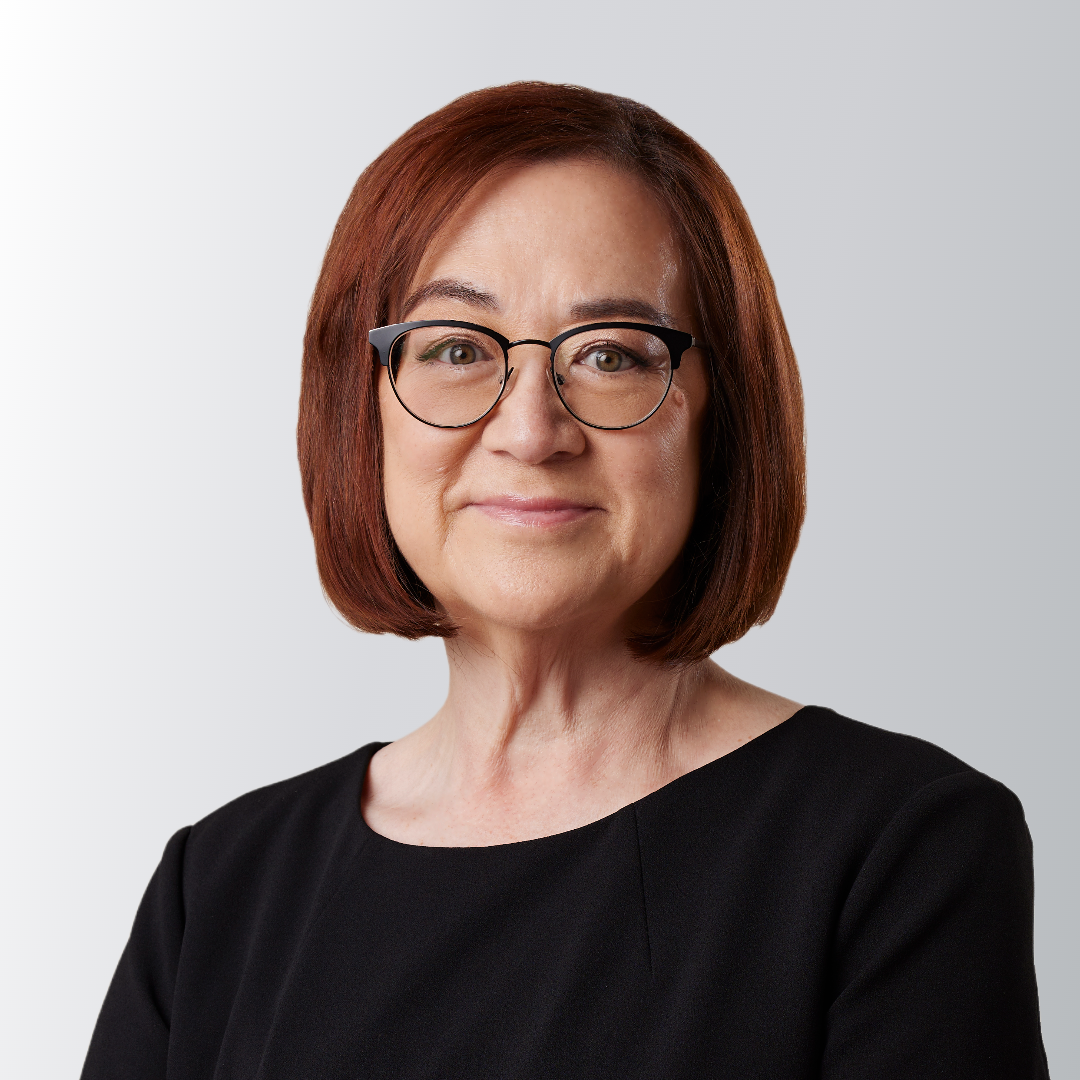Proximity
pioneers
We’ve assembled a world-class team of proximity scientists from Scripps, the Broad Institute, Harvard, MIT, Yale, Oxford, and UCSF, with industry experience across top pharma and biotech institutions such as Lilly, Novartis, AbbVie, Bristol Myers Squibb, Amgen, Genentech, Roche, Alnylam, and Arvinas.
Our team hails from top institutions





%20-58.avif)




%20-59.avif)




%20-77.avif)































































